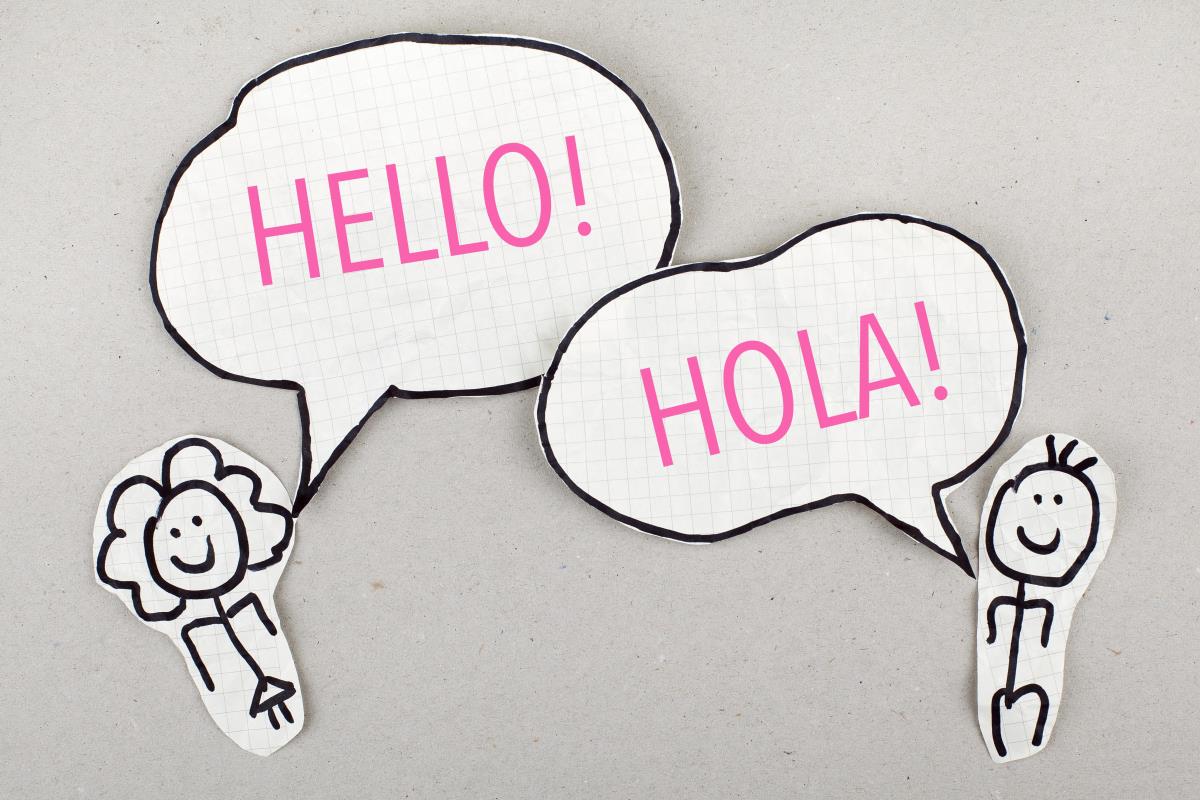The Seven Stages of Bilingual or Multilingual Language Learning

Our early years team share the seven learning stages of growing up multi-lingual.
---
There have been several pieces of research over the years which suggest that bilingualism has a positive impact on children. It seems that children who are bilingual may find it easier to switch between tasks and have greater mental flexibility because they learn from an early age there is more than one way of doing things.
The Importance Home Languages
Language is a social code that enables us to connect with others and build relationships with our immediate family, extended families, community and culture. It is important that, as adults, we help children to use their home language or they may lose the ability to speak it and become ‘receiving bilinguals’ where they are only able to understand but not speak in their home language. When this happens, it can also result in values and cultural traditions, beliefs and family wisdom being lost.
Seven Stages of Learning a Second Language
It’s important to understand the stages of acquiring or learning, another language do not always follow a set pattern. Below are broad areas that you may see as your child acquires an additional language.
- A silent period- many bilingual children who are at an early stage in their learning of English go through a ‘silent period’ when they first start at a nursery. The length of time that this can last will vary from child to child but it can last for up to six months or longer. During this time, children will be watching, actively listening, and exploring their environment to understand new experiences and to develop new meanings. They will be trying to relate previous knowledge to new contexts. It is important during this silent period that children do not feel pressured to speak until they feel confident enough to do so. At this point, it’s important to continue to talk to children and recognise that children will often use non-verbal gestures in response to questions or to indicate their needs.
- Echoing of words or short phrases – Many children may begin to ‘echo’ single words and some short phrases used by adults and peers. All attempts at speech should be encouraged and praised.Children may begin to join in with story refrains and repetitions and songs. ‘Chunking’ will continue, but children will increasingly begin to use one-word utterances, (frequently nouns) which will perform a range of language functions (e.g. questioning, responding, and naming).
- ‘Formulaic Language’ – children may start to use language where new word combinations more closely resemble the intended meaning such as ‘mummy come soon’, ’my turn.’
- Joining in – children may start to join in with repetitive refrains in stories and songs, learnt by rote or from copying other children.
- Use of intonation – children may begin to understand the differences of intonation and start using basic question words.
- Development of independent phrases – children will begin to be able to articulate their particular preferences such as wants, dislikes etc.
Extended phrases – the basics will be followed by children able to use verbs, adjectives and nouns. This will lead eventually to longer sentences and oral competence, although often, some minor ‘irregularities’ may still occur.
External Resources
WorldStories is a growing collection of stories from around the world. The collection includes retold traditional tales and new short stories in the languages most spoken by UK children.
Songs and rhymes from around the world can be found here.
Tips for parents to help children learn their home language and English.
What about bilingualism? Frequently asked questions on bilingualism for parents
The advantages of bilingualism.





